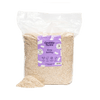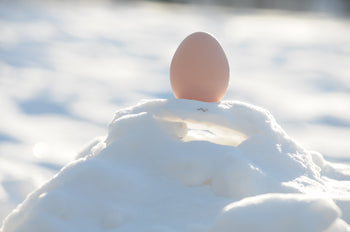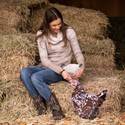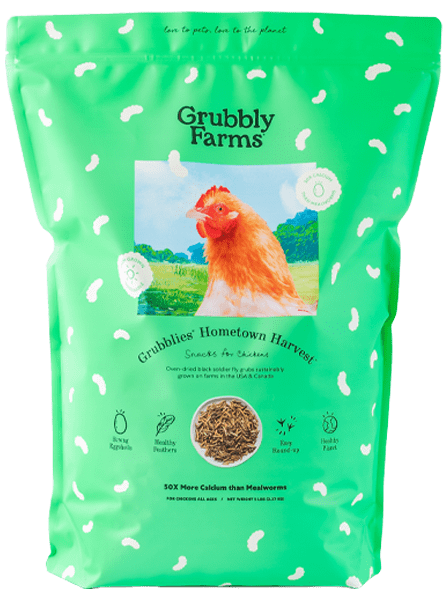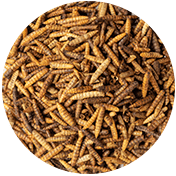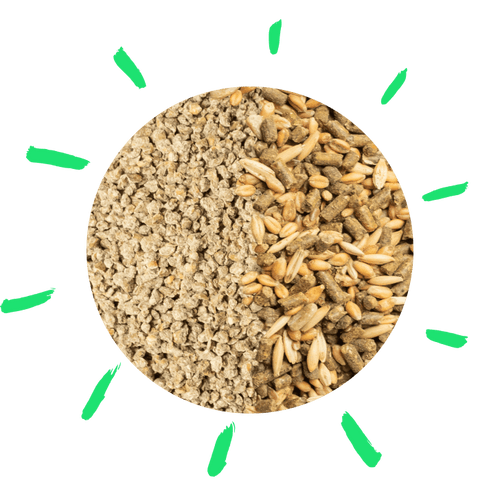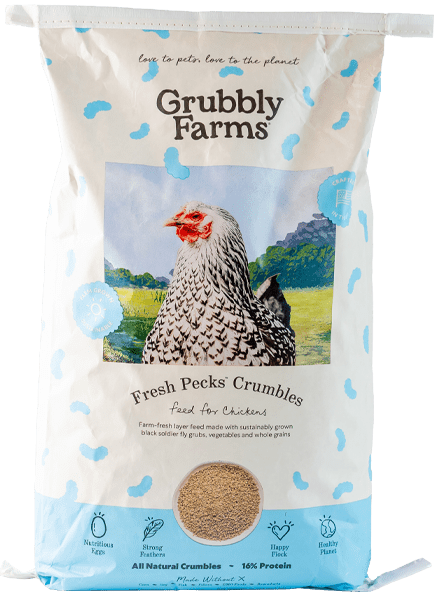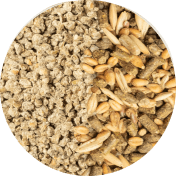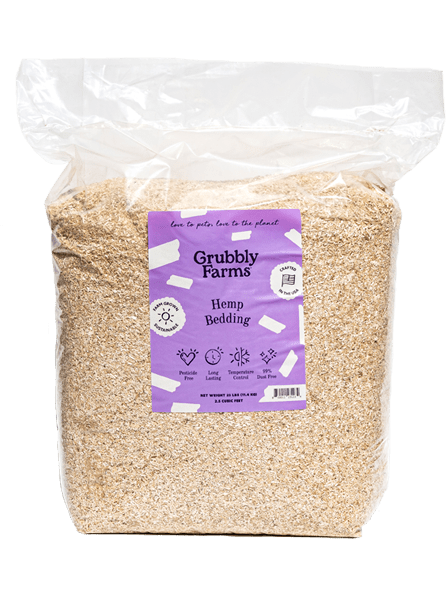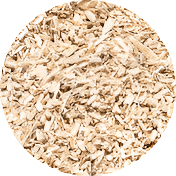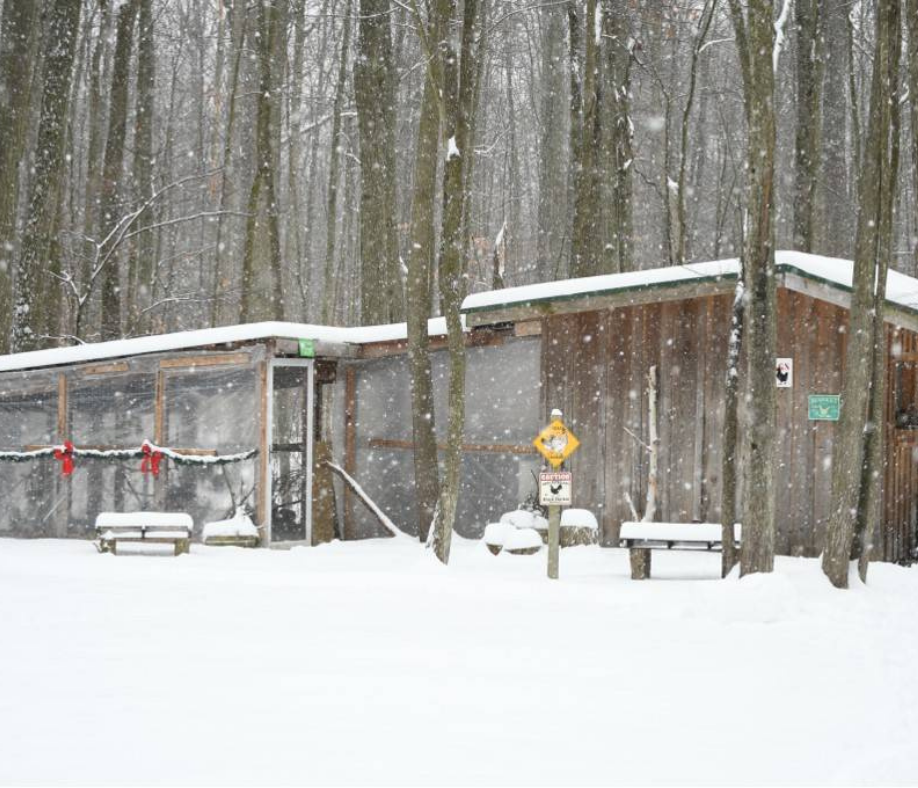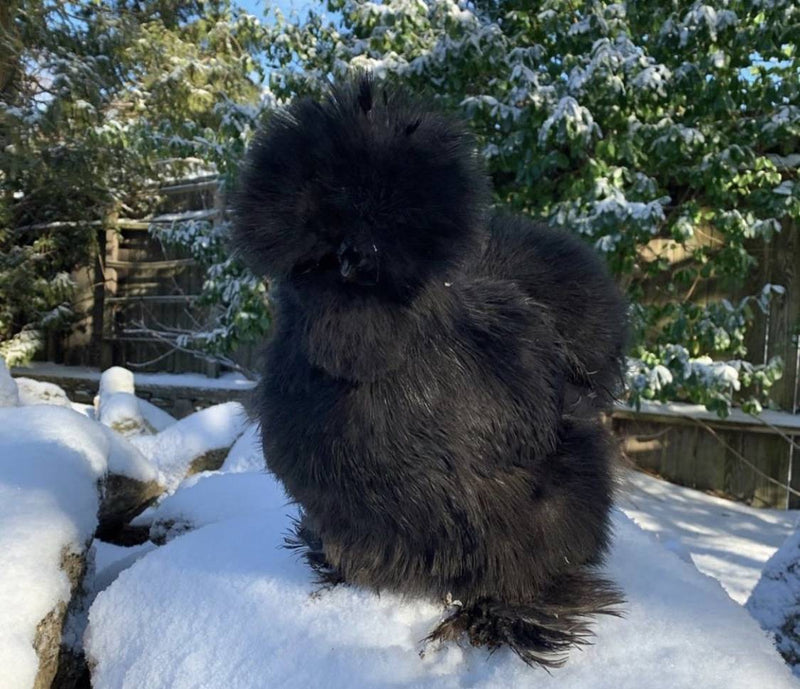Why don't chickens lay eggs during the winter? There are three main reasons why your flock may take a winter egg laying break. As much as we would like to get fresh eggs from our feathered friends all year round, it’s just not how nature works. Your flock’s wintertime productivity will depend on where you live. However, no matter where you raise your flock, it’s still a good idea to understand the three main triggers that cause chickens to stop laying.
3 Reasons Why Chickens Don't Lay Eggs in the Winter
Looking for a quick answer? Your flock will lay less because their laying cycle becomes disrupted by:
- Not enough light
- Tail end of the fall molt
- Temperatures are too cold in the coop
Trigger #1. Light

One of the main reasons why hens stop laying eggs during the winter is because they are not receiving enough light to trigger their reproductive systems. A hen’s reproductive system is triggered by how much daylight she senses within a 24 hour period.
How Chickens "Sense" Light Levels
The main way a hen ‘senses’ light is through a gland located on her head called the pineal gland. The gland is very sensitive to light and darkness. It is what controls a majority of a hen’s hormonal behaviors, including laying and broodiness. It must sense enough light for a long enough period of time in order to trigger a hen’s laying cycle.
The winter months are often characterized by shorter daylight hours. This means that a chicken’s pineal gland will not sense enough light to keep a hen’s reproductive system active. In general, a hen needs between 12-16 hours of light in order to keep laying.
How Much Light Do Chickens Need to Lay?
The exact amount of light needed by a hen to trigger her reproductive system is influenced by her age and breed.
How Age Affects Light Needs for Laying
Young pullets (female chickens under 1 year of age) often don’t need nearly as much light especially if they started laying prior to when the daylight hours started dramatically decreasing. Some young pullets will lay right on through the winter months despite the lack of daylight hours.
As a hen gets older, her reproductive system slows down and requires more light in order to be triggered.
How Breed Affects Light Needs for Laying
Breed also plays a role in whether or not a hen will lay eggs during the winter. Chicken breeds that are cold hardy are often bred for wintertime egg laying. They can withstand the cold temperatures and decrease in light better than breeds who are bred for warmer climates. Chicken breeds that are bred primarily for egg production may also still lay during the winter months if they are properly cared for during cold weather.
Trigger #2. Tail-End of the Molt

Another factor that can cause chickens to stop laying during the winter is the fact that they probably just finished their fall molt. The fall molt is an annual occurrence that all chickens experience after they are one year old. This is when a chicken replaces all its old, worn feathers for new feathers. While the shorter daylight hours characteristic of fall often don’t provide enough light to trigger laying, it does trigger the fall molting process.
Feather Growth Requires Energy
Growing new feathers requires lots of energy. Between a decrease in light and an increased need for energy for growing new feathers, this often puts a halt on a hen’s reproductive system. It is all part of nature’s plan.
In the wild, birds naturally don’t lay eggs in the fall and winter. Their systems are focused on replacing their feathers for fall migration or winter weather. They are also focused on conserving energy during colder weather. Since the fall molt often leads right into the winter months, a hen may not resume laying again until spring.
Signs of Your Chickens' Molt Coming to an End
You can tell when a hen is almost done with her molt by looking at the pattern of new feather growth. If she has grown in almost all new feathers except for her tail, then you know she is almost done with her molt. Tail feathers are usually the last feathers to re-grow during the molting cycle.
Not All Hens Are the Same & Light Still Matters
Some hens will go through a quick fall molt and resume laying before daylight hours become too little to trigger a stop in laying. However, if a hen finishes molting and there is not enough daylight hours to trigger her reproductive system, then she will not resume laying during the winter months.
Since pullets don’t molt until the following fall, they will often keep laying right on through the fall and into winter provided they get the light they need and there are no environmental factors to inhibit good laying.
Hens that stop laying during the fall molt and don’t resume afterwards more than likely won’t start laying again until spring weather comes, with warmer weather and longer daylight hours.
Trigger #3. Baby It’s Cold Outside!
In regions that experience severe winter weather, the environmental impact that the weather has on a hen can cause her stop laying. Why? Forming and creating an egg takes a lot of energy. During the winter, extra energy is needed to stay warm and keep all the other body systems functioning properly, such as the circulatory system.
Low Temperatures Triggers Cold Stress
The effect that cold weather has on chickens is often referred to as cold stress. While not all cold stress is bad, when cold stress reaches a certain level, it will have negative effects on the health and productivity of your flock. When a hen experiences cold stress, she needs to use more energy to stay warm instead of making eggs.
How Age & Cold Stress Affect Laying
The level at which cold stress causes a hen to stop laying will depend on her age, her breed, how much she has been able to acclimate to the weather, and her overall health.
Older hens are more sensitive to cold stress than younger hens. They will stop laying due to cold weather sooner than pullets.
How Breed & Cold Stress Affect Laying
Chicken breeds that are cold hardy will not experience the effects of cold stress as quickly as chicken breeds who are not cold hardy. Cold hardy chicken breeds will lay better during cold weather.
Time to Adjust to the Cold Makes a Difference
Weather acclimation also plays a role in egg production. If a hen has had ample time to slowly adjust to the changing colder temperatures, she will be less likely to stop laying until extremely cold weather causes severe enough cold stress.
However, sudden cold snaps can cause your flock to stop laying in order to help them conserve energy.
Healthy Hens Hold Up Better to Cold Stress
Healthy hens are also less likely to experience cold stress as quickly as hens who are ailing from a disease, parasites, or injury.
Concluding a Lack of Laying is the Result of Cold Stress
If lack of light and molting isn’t the cause of your flock’s decrease in productivity during the winter, then cold stress is more than likely the culprit for lack of laying. You can implement some of these wintertime flock care tips to help reduce the effects of cold stress on your flock!
Winter: Nature's Egg Intermission
Fall and winter are times when birds naturally stop laying eggs. Whether your hens do or don’t take a break from laying during the winter, it’s important to help them stay healthy through the cold months so they can get back into production gear when spring comes. To help get you through the lean laying months, check out our tips for how to store and preserve eggs. With a little planning, you can have fresh eggs all year long!



